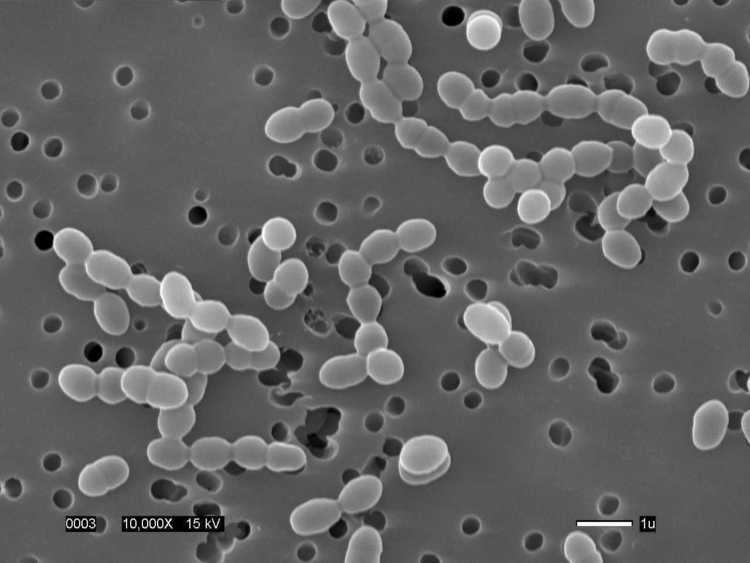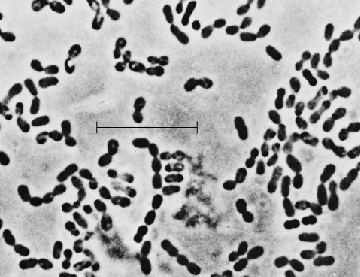Family Leuconostocaceae Higher classification Leuconostocaceae Order Lactobacillales | Scientific name Leuconostoc Rank Genus | |
Similar Leuconostoc mesenteroides, Bacteria, Pediococcus, Lactococcus, Lactococcus lactis | ||
Leuconostoc is a genus of Gram-positive bacteria, placed within the family of Leuconostocaceae. They are generally ovoid cocci often forming chains. Leuconostoc spp. are intrinsically resistant to vancomycin and are catalase-negative (which distinguishes them from staphylococci). All species within this genus are heterofermentative and are able to produce dextran from sucrose. They are generally slime-forming.
Blamed for causing the 'stink' when creating a sourdough starter, some species are also capable of causing human infection. Because they are an uncommon cause of disease in humans, standard commercial identification kits are often unable to identify the organism.

Leuconostoc is, along with other lactic acid bacteria such as Pediococcus and Lactobacillus, responsible for the fermentation of cabbage, making it sauerkraut. It is similarly part of the symbiotic colonies of microbes involved in the fermentation of kefir, a fermented milk beverage. In this process, the sugars in fresh cabbage are transformed to lactic acid which gives it a sour flavour and good keeping qualities.


